Vegans don’t consume any animal-based products at all, making it somewhat surprising that there’s an essential distinction between vegan and dairy-free products. We’ve listed the differences below so you can learn how to know if something is vegan or certified and guaranteed dairy-free.
Veganism and a dairy-free diet may seem to be on the same page as both involve consuming no dairy products.
A little look below the surface tells us that the vegan and dairy-free meaning behind these labels can cause a ton of confusion, and in the worst cases, potential health dangers.
Vegan alternatives may gain vegan certification while containing trace amounts of milk products or other dairy ingredients, which can cause harm to any unsuspecting person with a severe dairy allergy.
We’re going to lay out a proper vegan and dairy-free definition and the way these certifications work so you can make a safe and informed decision about the foods you choose to include in your daily diet.
We also want to address a strange new group of emerging foods in the market - genetically modified, vegan-certified products that contain milk! Say what?!
What is a Vegan Diet?
The Vegan Society founded modern veganism, and their definition explains it the best,
“Veganism is a philosophy and standard way of life which seeks to exclude—as far as is possible and practicable—all exploitation of, and cruelty to, animals for food, clothing or other purposes; and promotes the development and use of other animal-free alternatives for the benefit of animals, humans and the environment. In dietary terms, it means the practice of dispensing with all products derived wholly or partly from animals.”
In a nutshell, veganism encompasses consuming food and products that minimize animal exploitation, as far as is practical.
Does vegan mean no dairy?
Veganism’s loose definition means many interpret the “practicable” bit by their own beliefs, but almost every single vegan omits animal products, like meat, fish, and dairy, from their diet.
Most vegans choose to exclude products made from animal products or created using animal testing processes like cosmetics, leather, clothes, and other personal care items.
The rabbit hole of veganism goes as far as people who avoid crops artificially pollinated by bees, or white sugar, while others find these practices too hard to keep up with and draw their own personal line where they see fit. This can be problematic, as modern farming practices mean that vegan extremists should likely avoid most foods, leading over time to potential malnutrition and other significant obstacles.
Instead, a vegan diet contains many whole, plant-based foods such as veggies, fruits, grains, nuts, seeds, and beans.
Vegan Explained: How To Tell If Something is Vegan
There is absolutely no legal definition for veganism, and the FDA stays away from the label as it’s too open to interpretation rather than scientific fact.
We know that the definition of veganism shifts from person to person, but there are almost 20 international vegan certification labels that define a vegan product by a specific set of standards.
This vegan sign gives certain products the stamp of approval if they fit all of their requirements.
Most of these labels accept products that contain no animal-derived ingredients per se but are allowed manufacturing to occur in the same factory as other dairy products.
These vegan products cannot be fully guaranteed to contain no traces of animal products, so many vegan-certified foods have “may contain dairy” claims on their labels.
The Vegan Society is the trailblazing organization for veganism. Their vegan-certified label fits precisely with their definition of veganism - they want the product’s manufacturers to “strive diligently” to minimize any potential cross-contamination as far as reasonably possible and practicable.
What is a Dairy-Free Diet?
The reasons to follow a dairy-free diet vary significantly from person to person - a dairy-free dieter that still consumes meat likely didn’t discontinue consuming dairy for ethical reasons.
Many of us have difficulty digesting cow’s milk, with symptoms that range from mild, in the case of a dairy sensitivity, to a full-blown, life-threatening dairy allergy.
A dairy-free diet excludes absolutely all products that contain milk, including ones that “may contain” traces of milk products.
While dairy-free eaters don’t consume milk, cheese, yogurt, butter, or cream, they may still choose to eat meat, fish, and eggs.
What is Dairy-Free?
When looking at what is considered dairy-free, the definitions have to be a lot tighter due to the potential health dangers accidentally consuming dairy may cause.
To claim any product as dairy-free, it must come from a 100% dairy-free environment, which helps the products to avoid popping “may contain dairy” on their labels. There is no possibility of cross-contamination for these products.
Dairy-Free Foods, Veganism, & Cross-Contamination
Does Vegan Mean Dairy-Free?
Vegans can take their dedication to the diet as far as they’d like - whether a vegan feels that products with a “may contain milk” label fits into their diet is a personal decision.
It is crucial for anyone with a dairy sensitivity or allergy to stay away from “may contain” vegan products and exclusively choose ones that are guaranteed to contain no dairy traces or risk potentially uncomfortable or unsafe health outcomes.
Whichever you choose, look for the proper labeling on your packages to give you a better idea of which ingredients it contains or potentially contains!
If the label is unclear, take a look at the ingredients list, which legally must have a “may contain” statement addressing cross-contamination somewhere on the package if it contains potential traces of one of the top 8 food allergens, including milk.
Genetically Engineered Milk Products
The strange new world we live in makes space for out-of-the-box products, like genetically engineered dairy products! Vegans can now eat ice cream without breaking their diet if they so choose.
Food scientists learned how to create milk proteins using DNA synthesis from cow genes, removing the harm done to cows while making a product using far more sustainable processes than traditional dairy industry practices.
These cruelty-free milk products are genetically identical to real dairy, which means they will cause the same adverse reactions in the body for those with dairy sensitivities and allergies.
While genetically-modified ice cream might seem a little too “Frankenstein” for some consumers, these engineered dairy products are completely free of hormones, which can give those concerned about hormone intake a bit of comfort.
It’s possible to make these products lactose-free, too, which is excellent news for the lactose intolerant!
Final Notes: Vegan and Dairy-Free Alternatives
If you choose to avoid all dairy products, there are plenty of vegan products to keep your tummy happy and full without the need for cow’s milk.
You can find milk made from soy, rice, oats, hemp, almonds, or cashews that all have a slightly different taste and texture while sharing a certain creaminess.
Manufacturers sometimes make vegan butter from pea protein or cashews, but vegans and dairy-free dieters can also stick to the far less delicious but dairy-free margarine.
Cheese can be the most difficult dairy product for vegans to leave behind, but there are some excellent alternatives made from coconut, soy, cashews, and even tofu, with the help of a handy press like this.
You can find cream cheese and sour cream containing cashews or beans in place of milk and ice cream made from cashews, coconut milk, oats, or soy products.
Vegans might choose a genetically modified dairy product, while the line for dairy-free dieters is more black-and-white.
Armed with the information about vegan and dairy-free labels, we hope your grocery store choices become a little more simple!
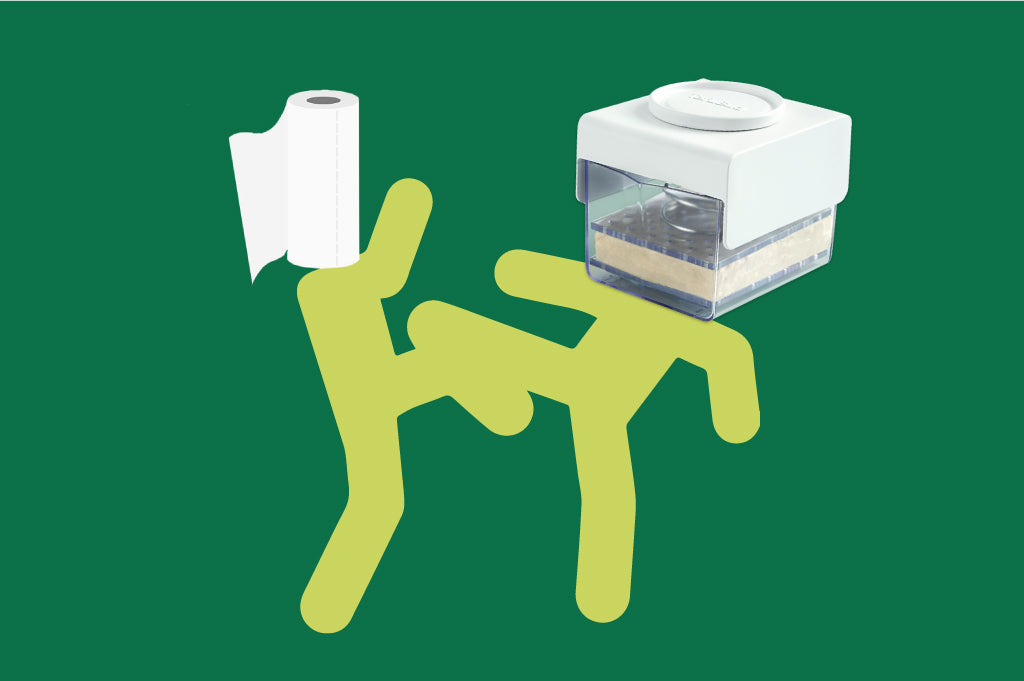



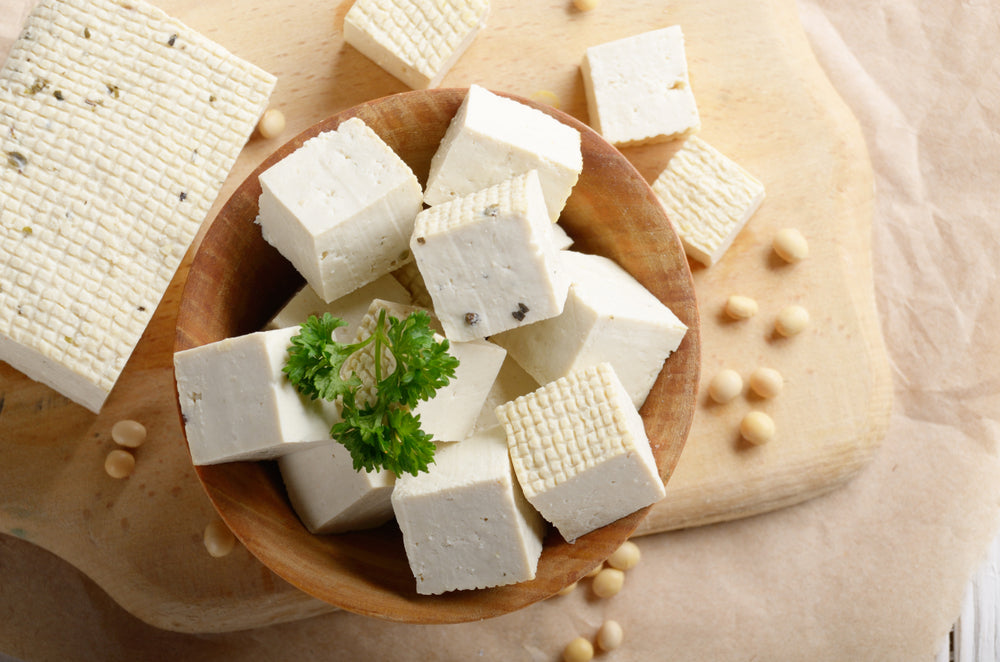
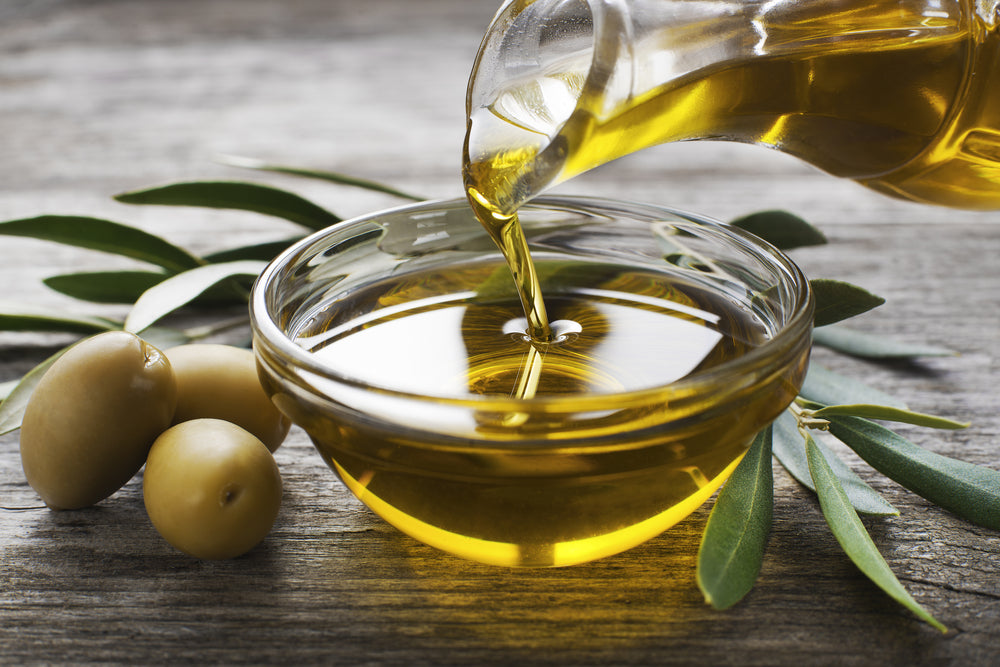
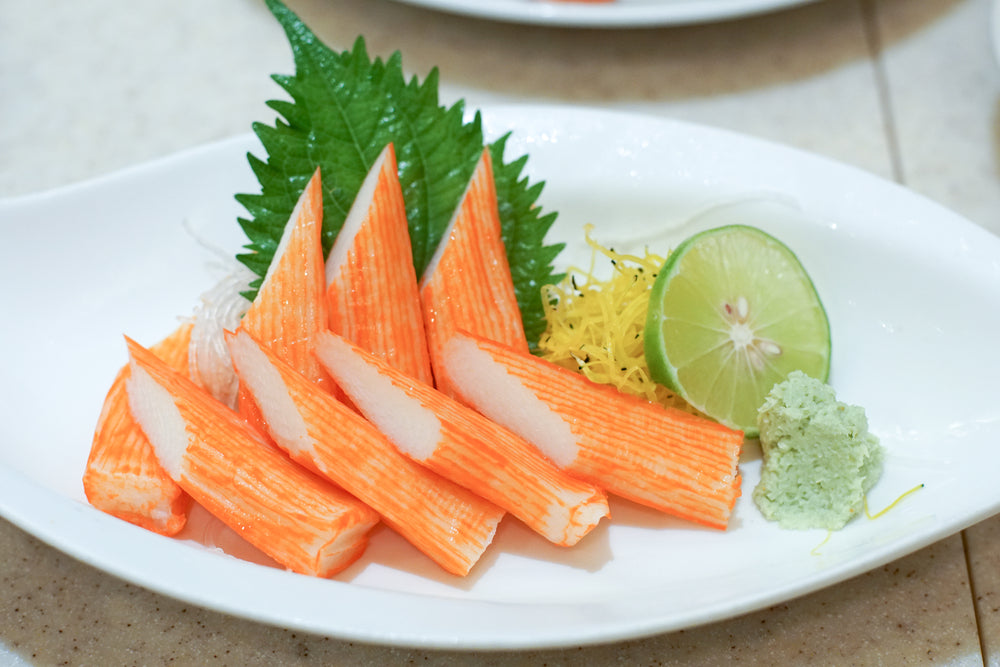
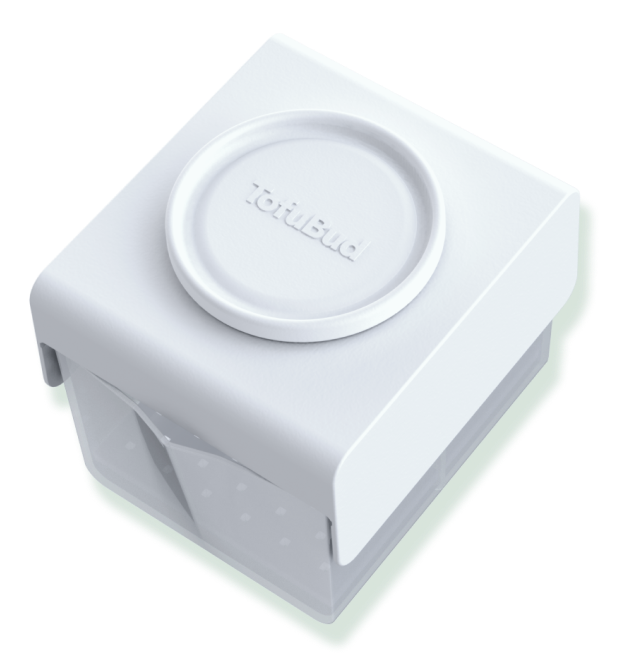
Leave a comment (all fields required)